
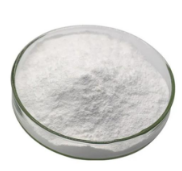
Nom : Bicarbonate de sodium N° CAS : 144-55-8 Aspect : Poudre blanche ou cristaux fins opaques du système monoclinique Formule moléculaire : CHNaO3 Poids moléculaire : 84,01 Point de fusion : >300 °C(lit.) FORFAIT: 25 KG/SAC
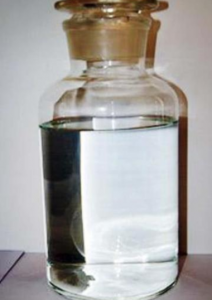
Nom : Dichrorométhylvinylsilane Numéro CAS : 124-70-9 Formule moléculaire : C3H6Cl2Si Poids moléculaire : 141,07 Numéro EINECS : 204-710-3 Fichier Mol : 124-70-9.mol
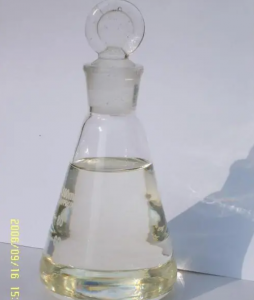
Nom : Vinyltriméthylsilane Numéro CAS : 754-05-2 Formule moléculaire : C5H12Si Poids moléculaire : 100,23 Numéro EINECS : 212-042-9 Fichier Mol : 754-05-2.mol
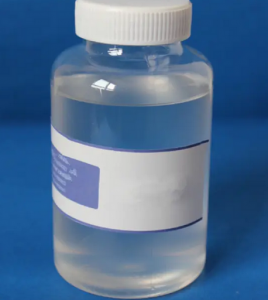
Nom : Ethoxydiméthylvinylsilane Numéro CAS : 5356-83-2 Formule moléculaire : C6H14OSi Poids moléculaire : 130,26 Numéro EINECS : 226-341-7 Fichier Mol : 5356-83-2.mol
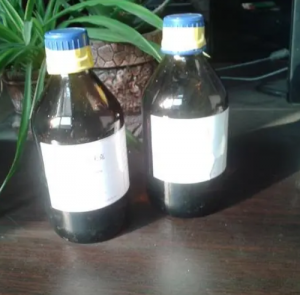
Nom : CHLORODIMETHYLPINYLSILANE Numéro CAS : 1719-58-0 Formule moléculaire : C4H9ClSi Poids moléculaire : 120,65 Numéro EINECS : 217-007-1 Fichier Mol : 1719-58-0.mol
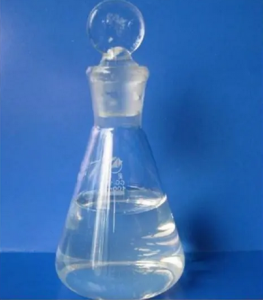
Nom : 1,1,3,3-TETRAMETHYL-1,3-DIVINYLDISILAZANE Numéro CAS : 7691-02-3 Formule moléculaire : C8H19NSi2 Poids moléculaire : 185,41 Numéro EINECS : 231-701-1 Fichier Mol : 7691-02-3. mole

Cher client : Bonjour ! Merci pour votre soutien continu à notre entreprise. La fête nationale approche. Afin de permettre à nos employés de profiter de cette fête importante, nous procéderons aux aju...
L'avermectine est une classe de composés macrolides à 16 membres ayant des activités insecticides, acaricides et nématicides, qui a été développée pour la première fois par Nishimura, Nishimura et Merck des États-Unis. Il est produit par fermentation de Streptomyces avermitilis.
L'aspect de l'abamectine est une poudre cristalline jaune clair à blanche, insipide. M. P.155 ~ 157 ℃, pression de vapeur 2 × 10 ^ - 7Pa, densité relative 1,16 (21 ℃). Solubilité à 21 ℃ : toluène 350g/L, acétone 100g/L, isopropanol 70g/L, chloroforme 25g/L, éthanol 20g/L, méthanol 19.5g/L, cyclohexane 6g/L, kérosène 0.5g/L, eau 10 μ g/L。 Coefficient de distribution 9,9 × 10^3。 Il est stable dans des conditions normales et ne s'hydrolyse pas à pH 5~9.
Caractéristiques fonctionnelles
L'avermectine a une toxicité gastrique et un effet destructeur de contact sur les acariens et les insectes, et ne peut pas tuer les œufs. Le mécanisme d'action est différent de celui des pesticides courants, qui consiste à interférer avec les activités neurophysiologiques et à stimuler la libération d'acide γ-aminobutyrique, et l'acide aminobutyrique peut inhiber la conduction nerveuse des arthropodes. Les adultes, les nymphes et les larves d'acariens présenteront des symptômes de paralysie après avoir été en contact avec l'abamectine, et ne bougeront pas, ne se nourriront pas et mourront après 2 à 4 jours. L'avermectine a un effet létal lent car elle ne provoque pas une déshydratation rapide des insectes. Bien que l'abamectine ait un effet destructeur par contact direct sur les insectes prédateurs et les ennemis naturels parasites, elle endommage peu les insectes bénéfiques en raison de moins de résidus à la surface de la plante. L'avermectine ne bougera pas lorsqu'elle sera adsorbée par le sol dans le sol, et sera décomposé par des micro-organismes, il n'a donc aucun effet cumulatif dans l'environnement et peut être utilisé comme composant d'un contrôle complet. Il est facile à préparer et la préparation peut être utilisée après avoir été versée dans de l'eau et légèrement agitée, ce qui est également sans danger pour les cultures.
 un service en ligne
un service en ligne +8613866722531
+8613866722531 pweiping@techemi.com
pweiping@techemi.com pweiping
pweiping +8613866722531
+8613866722531